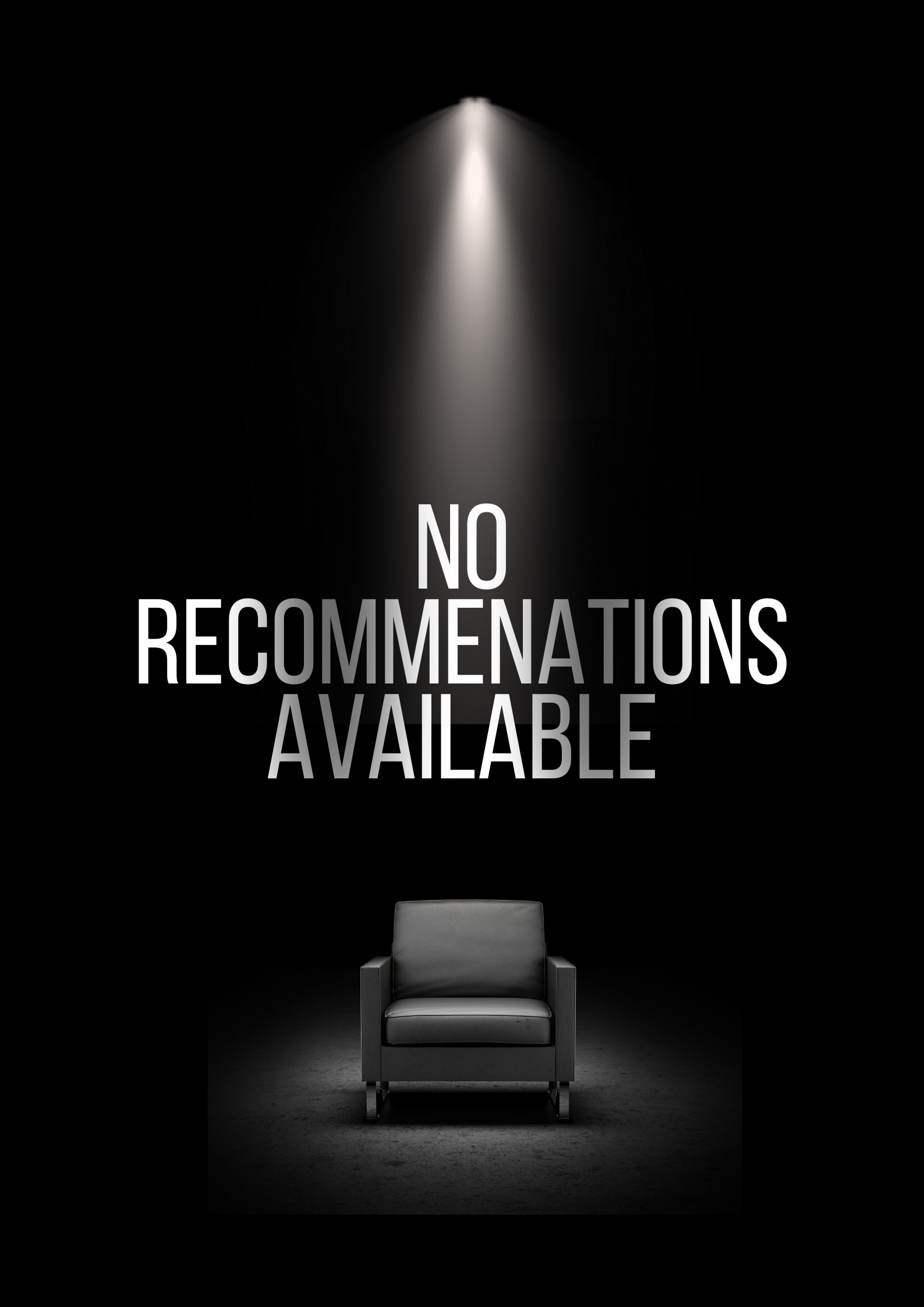Cast & Crew
2 members
Acting
Gunilla Röör
Unknown Role

Acting
Philip Zandén
Unknown Role

Similar Movies
Recommended Movies

No Recommendations Yet
We're working on finding the perfect movies for you. Check back soon!
More movies coming soon
Unknown Role

Unknown Role


We're working on finding the perfect movies for you. Check back soon!